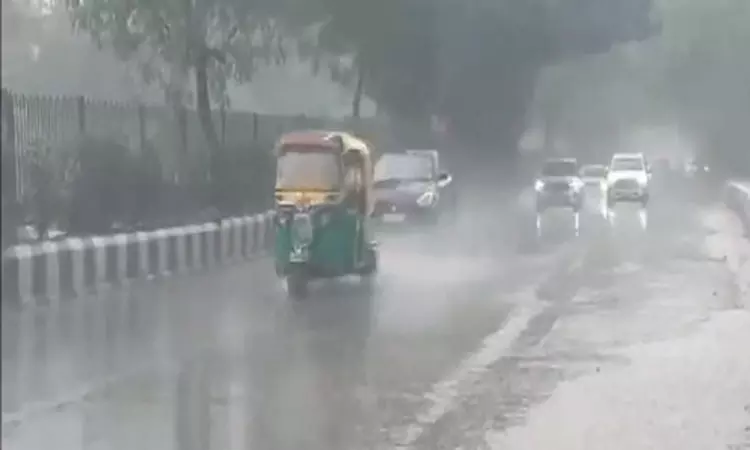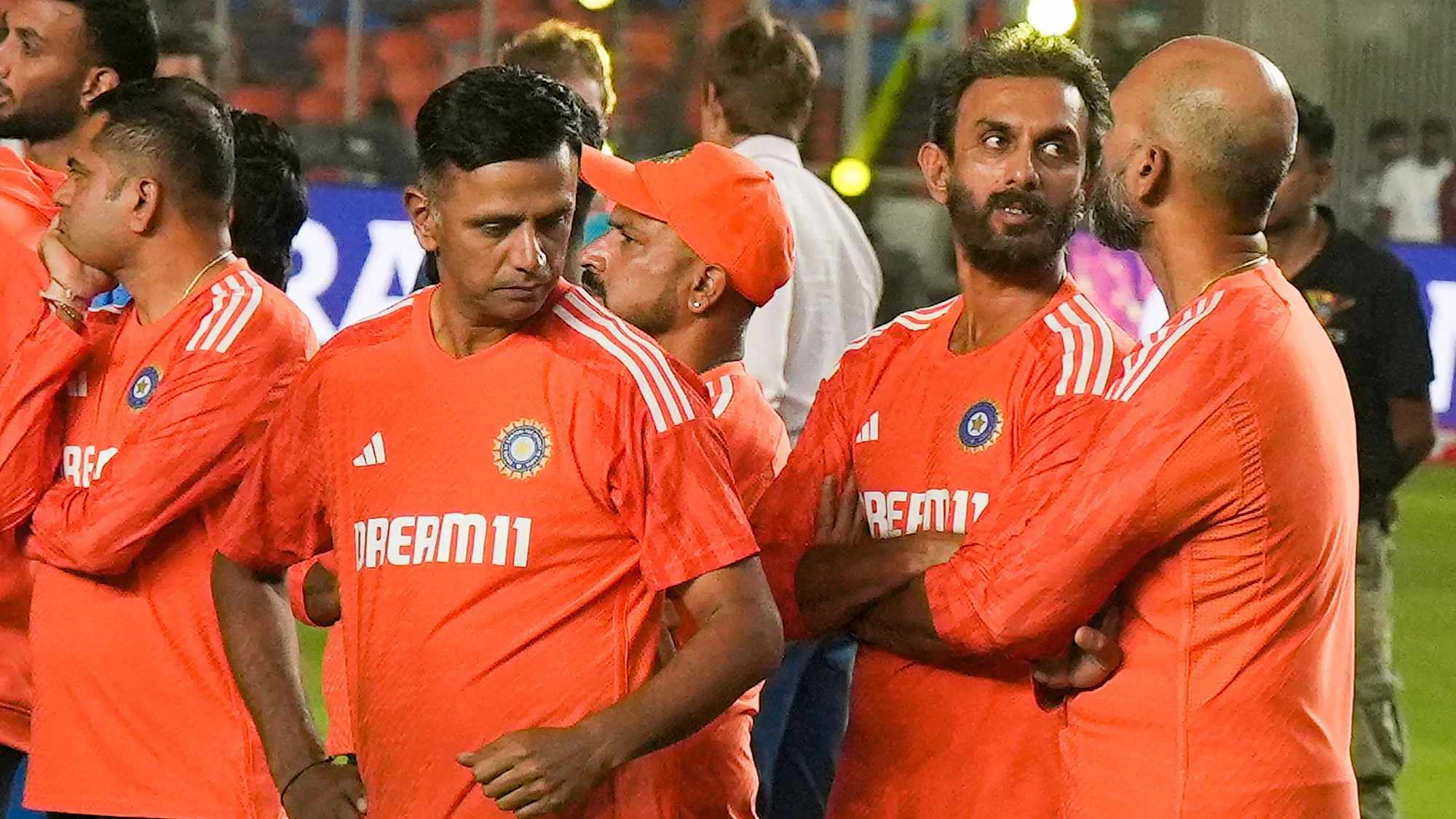There was a major drop in the level of pollutants PM 2.5 and PM10 after 4am across the national capital and surrounding areas.
Overnight showers in New Delhi and its surrounding areas brought relief to residents as the toxic haze cleared, resulting in a marginal improvement in air quality. The weather agency anticipates further alleviation of pollution ahead of Diwali on Sunday. These rains coincide with the Delhi government’s ongoing discussions with the Indian Institute of Technology (IIT) regarding the potential implementation of artificial rain measures across the national capital to combat the escalating air quality crisis.
New Delhi has been grappling with severe pollution for a week, with concentrations of harmful particles soaring to levels up to 100 times higher than those recommended by the World Health Organization. The city held the dubious distinction of being the world’s most polluted until Thursday.
As of 7 am today, the overall air quality in Delhi was recorded at 407, according to data from the government’s air-quality monitoring agency SAFAR.
Several areas in Delhi, including Ashok Vihar (443), Anand Vihar (436), Bawana (433), Rohini (429), and Punjabi Bagh (422), continue to grapple with severe air pollution. Neighbouring cities like Noida, Faridabad, Gurugram, and Ghaziabad also face alarming levels, with Noida recording an average AQI of 475, Faridabad at 459, Gurugram at 386, and Ghaziabad at 325.
Data indicates a significant drop in pollutant levels, specifically PM 2.5 and PM10, after 4 am across Delhi and its surrounding areas. Despite efforts by the Delhi government to implement anti-pollution measures, the situation remains critical. The government is even exploring the possibility of artificial rain as a strategy to address the pollution crisis.
Several ministers from the Aam Admi Party were observed on the ground on Thursday night, inspecting the implementation of anti-pollution initiatives. The Supreme Court is set to review existing measures to improve air quality, contemplate stricter regulations on road traffic, and discuss the role of dust from construction activities, a major contributor to the city’s pollution.
Gufran Beig, the founder director of the federal government’s air-quality monitoring agency SAFAR, highlighted the need for heavy and widespread rain to effectively cleanse the pollutants in Delhi. He cautioned that light rains could exacerbate the situation. Beig also pointed out that the current airflow is carrying smoke from crop residue burning in Punjab and Haryana to Delhi, compounding the city’s pollution issues, particularly due to the lack of wind.







